A typical MBER-lesson usually follows this general instructional sequence:
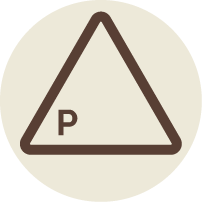
1. Introduce a phenomenon (can be a demo, lab, data set, video clip, reading….)
Are you interested in developing your own phenomenon? Learn more about the Criteria for a Good Phenomenon. Or browse Phenomena for NGSS.
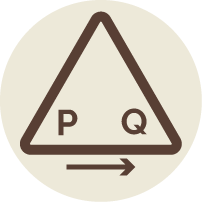
2. The phenomenon should be engaging and elicit students to ask questions. The class will generate a list of questions; from the list choose one that will be the driving question –the question that will motivate the development of the model. A useful strategy for this step is Pair/Share.
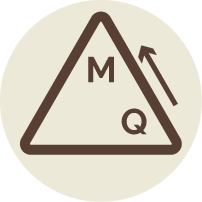
3. Allow students to generate ideas to answer the driving question. To help students you can:
- First, allow students to write their own individual ideas on the doodle sheet.
- Then they share their ideas with their group and work to develop a consensus list. Or, they can initially share with a partner, then with their whole group.

4. In a whole-class discussion groups share their ideas. Compile a list, discuss, and refine to produce our Initial Model.
- Make the Initial Model visible to the whole class by writing it on poster paper and displaying it in the classroom. This is important since you will come back to the model many times.
- If you have multiple sections you can compile all ideas into one Initial Model.
- Test your classroom Initial Model Ideas –this may involve labs, simulations, readings, etc. As we gather more information, the class will decide if the new data supports our Initial Model, and revise the model as needed to incorporate the new evidence.
- Review and finalize our Initial Model as a class.
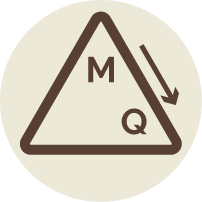
5. Now that our Model is completed, students will use it to answer the driving question. They write explanations individually, then share them with their peers. We recommend:
- That students work in groups to draft a "best" explanation to the driving question.
- When they have a consensus, groups write their explanation on poster paper.
- Students share their work. You can have a Gallery Walk, or a subset of groups can present to the whole class. What is important is that they share what they've learned, and have a chance to see the ideas of other groups.
- If needed, allow a chance to revise their explanations.
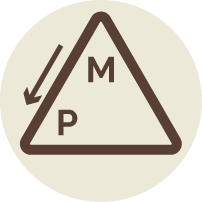
6. Finally, students will apply their Model to a related phenomenon. This is an opportunity for a graded assessment.
This is a typical sequence, but there are many variations that will work well for setting up students for modeling. For more resources visit FAQ/Tips.